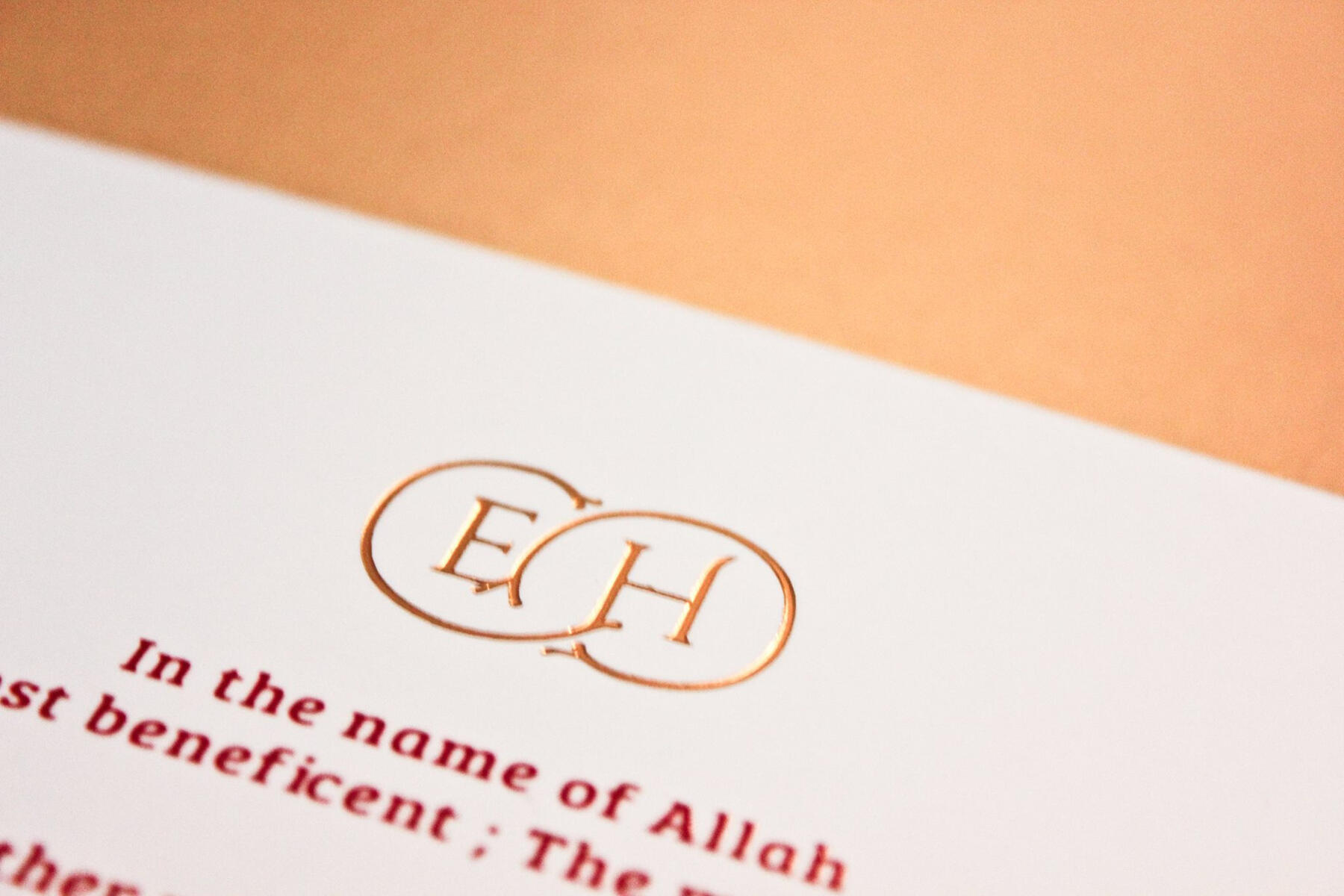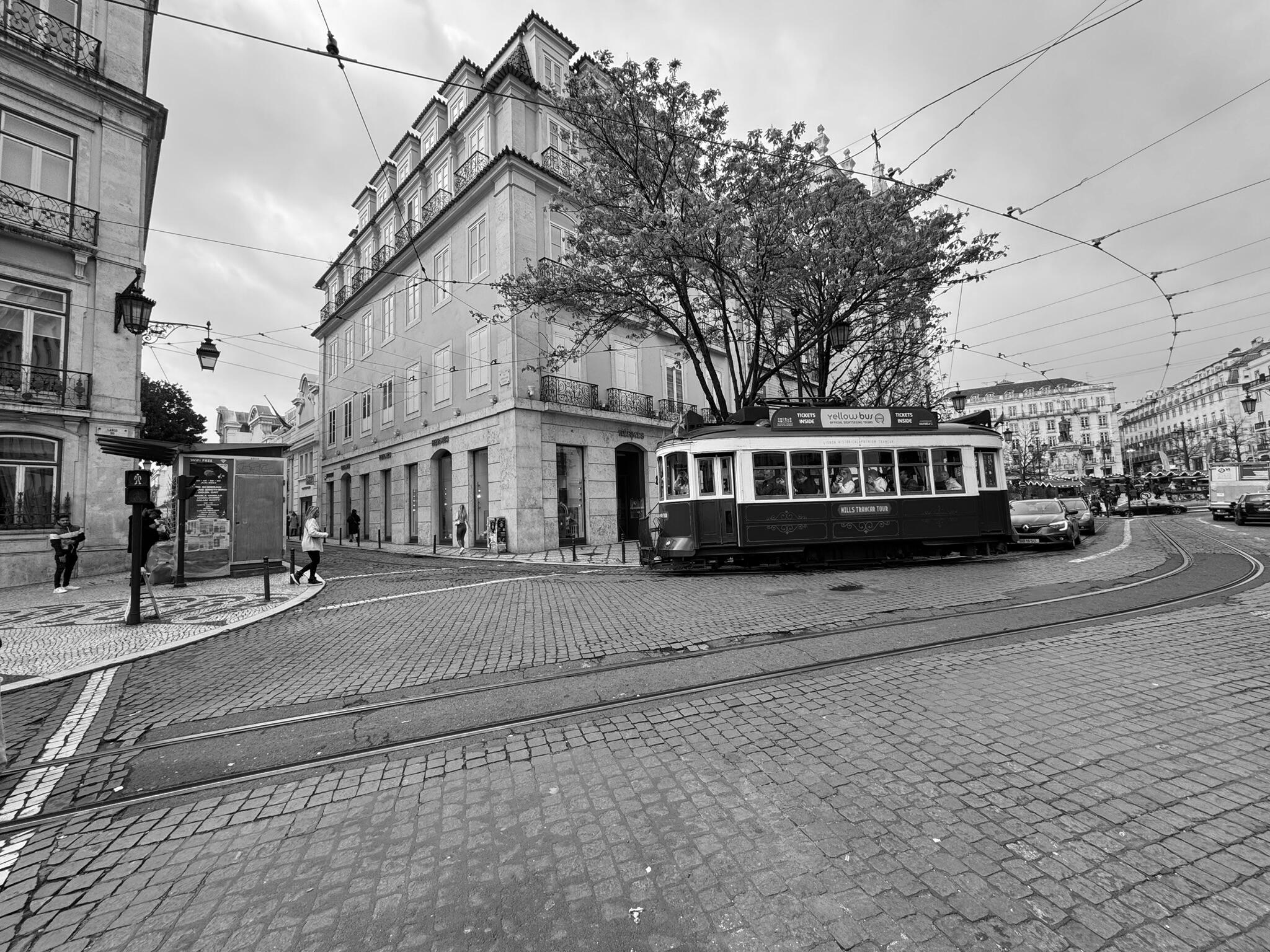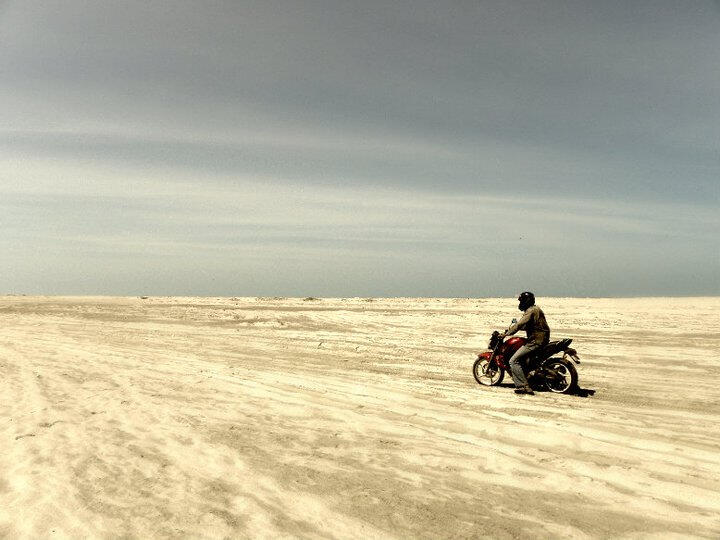Jitto Alexander
Product Designer dedicated to building functional and user-friendly designs.
I work full-time as a UX Designer at Kenna. Previously, I worked at Kreatorverse, Chango, NatWest and Cognizant. I live in Toronto and on the internet.

Featured Work

Designing an ecosystem to promote financial wellness
Co-founded and led the design of a Financial Wellness ecosystem that includes a Personal finance app, Financial literacy, and a Content Management System.

Comprehensive Redesign of Event management System
I redesigned the Internal Event Management System to address user feedback, align business goals with user needs, and enhance the overall user experience.

Building a Design System for consistency and scalability
I enhanced the product design process for our Data Management & Reporting platform by creating the Vision Design System. This foundation guided our team in building exceptional design experiences.
What People Say
"Jitto played a key role in developing our Web 3 Social Platform, leading user journey mapping and flow design. He created design guidelines and frameworks that enabled rapid development and long-term success."
Ankit Baradia
Founder, CURD network
"Jitto significantly impacted Kreatorverse by shaping the UX for our projects, leading the design for multiple clients, and creating a scalable design process. His design work is clear, intuitive, and user-focused."
Yuvaraj Thanikachalam
Founder, Kreatorverse
"Jitto led the design of our personal finance app. He expertly managed all design aspects and user testing. His innovative ideas and fresh perspectives were instrumental in shaping the product"
Alfred Junco
Founder, Chango
"Working with Agnel is a pleasure. He's a problem-solving leader who stays hands-on and matches the right people to the right tasks. It's a privilege, Jitto!"
Ambika Shanmugavadivu
Vice President, Natwest Group
About
I'm Jitto Alexander, a Product Designer with over 7 years of experience, specializing in UX design. Currently, I live in Toronto and the Internet. I love challenges that push my skills and drive my passion for great design. By focusing on the basics and understanding user needs, I create simple, effective solutions that provide valuable experiences.
Work History
The places and experiences that leveled up my design game.
Kenna
Nov 2018 - Present
UX Designer
Designed impactful and functional user experiences for Data-Centric WebApps across platforms. Collaborated with cross-functional teams to ensure design decisions aligned with broader business and user goals.
Kreatorverse
Aug 2021 - Nov 2022
Product Design Lead (Freelance)
Delivered Web3 design projects by collaborating with clients to develop functional and feasible products, ensuring alignment with their vision and addressing complex challenges to create innovative and practical solutions.
Chango
Oct 2018 - Nov 2021
Founding Designer
Led the design of a personal finance and financial literacy app, overseeing everything from user research to product experience. I developed a design framework for diverse learning content and collaborated with freelancers, developers, and conducted user testing.
Freelance
Jan 2018 - Oct 2018
UX/UI Designer
Worked with software development studios to design user interfaces & Branding for clients in the B2B and B2C space.
Before transitioning to Product Design, I spent ten years in Quality Assurance, testing banking and financial services for NatWest Group and Cognizant. This experience provided me with valuable insights and skills in leading teams to successfully deliver critical projects.
Design after 5
I pursue design ventures that extend beyond digital product design, allowing me to experiment with new concepts and grow my creative expertise. These projects also fuel my entrepreneurial spirit, offering opportunities to innovate and explore new business ideas.
Studio 04
Exploring product design in real-world settings, I focus on reimagining everyday furniture with a fresh and appealing twist.
Branding
I started by helping friends with brand identity design, which gradually grew into a regular service for logo design and branding.
Wedabulous
A boutique specializing in bespoke wedding invitations that capture each couple's unique personality and theme.
Design Principles
My approach to each project shifts depending on the goal, but I always keep a few guiding principles in mind to challenge myself throughout the design process.
🧠
Adaptive thinking
I adjust my thought process to changing circumstances, enabling me to discover and implement effective solutions for evolving challenges.
🧩
KISS
Keep it Simple, Stupid (KISS). I focus on mastering the basics, which helps solve many design challenges. Even complex problems often have simple solutions.
🔍
Retrospective
I review completed projects to identify successes and areas for improvement, helping me refine future design practices.
🧱
User Focused
I keep my designs simple, functional, and user-focused, believing this solves most challenges and ensures an intuitive experience.
⚖️
Striking a balance
I keep the user at the heart of my designs, but never lose sight of business goals and technical feasibility.
The Origin Story




The Design Life
As a User Experience designer, I thrive on solving problems by arranging boxes and text in magical ways. Beyond the poor jokes, I love tackling challenges that push my capabilities, focusing on mastering the basics and using objective thinking to find solutions. These principles guide my approach to design.And just so you know, I name all my layers . (Just kidding!) 😜
The Life Before Drawing Boxes
Before my career as a UX Designer, I spent a decade testing financial products. While this job gave me valuable experience in managing clients, people, and projects, it didn't fully satisfy me. So, whenever possible, I explored different avenues.First, I helped friends with branding identity design, which eventually evolved into a regular logo design and branding service.
Entrepreneurial Expermiments
I also ventured into entrepreneurship with MyNei , a food delivery startup we presented at the TiE Conference nearly 13 years ago. Unfortunately, the project didn't take off due to technology limitations. In just a few intense weeks, I gained profound insights into product design, the challenges of running a startup, and more.After designing my wedding stationery, I co-founded Wedabulous , a bespoke wedding invitation boutique with my wife. We crafted stationery that beautifully reflected the personality and wedding theme of each couple.These diverse experiences ultimately paved the way for me to pursue UX Design.
The Life outside work
Outside of work, I play fetch with my dog, indulge in gaming, and discuss philosophy with my folks. Occasionally, I capture the tranquility of nature , which you can check out here. I'm passionate about motorcycles and have embarked on epic road trips across India, including a journey to the highest motorable road in the world . During the Covid era, I honed my cooking skills and have become a decent cook. Recently, I've also begun designing real-world items through Studio 04.
Work
Stuffs that made someones life better!
Case Study
These case studies highlight my ability to deliver impactful UX design solutions, showcasing how I’ve tackled complex challenges, optimized user experiences, and met strategic goals. Each example demonstrates my problem-solving approach, methodologies used, and the measurable results achieved, offering insight into my design process and the benefits for users and businesses.
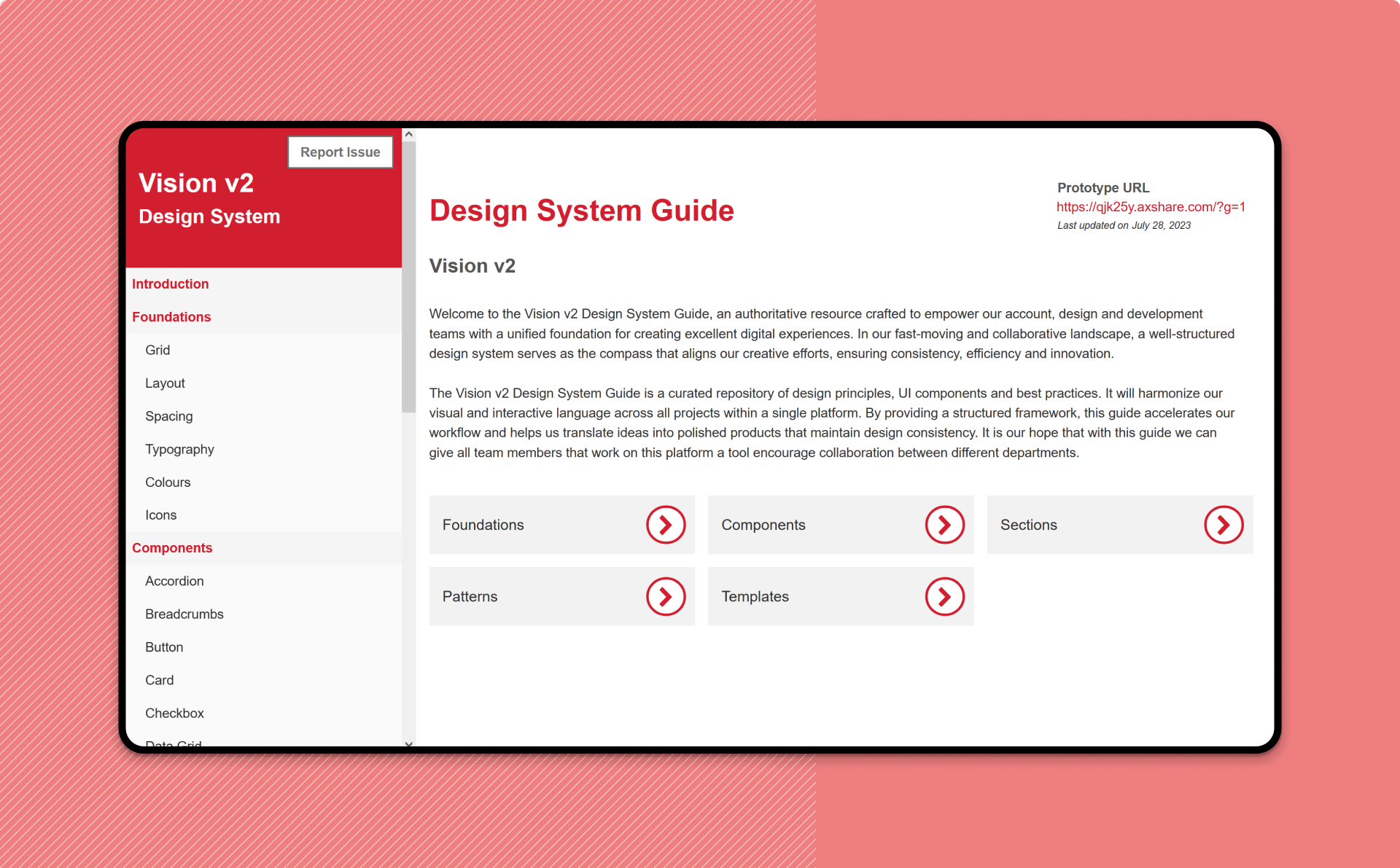
Building a Design System for Consistency and Scalability
Developing a Design Foundation to enhance the current Data Management & Reporting platform.

A Comprehensive Redesign of Event management System
Redesigning an internal Event management to address the User Experience Feedback.
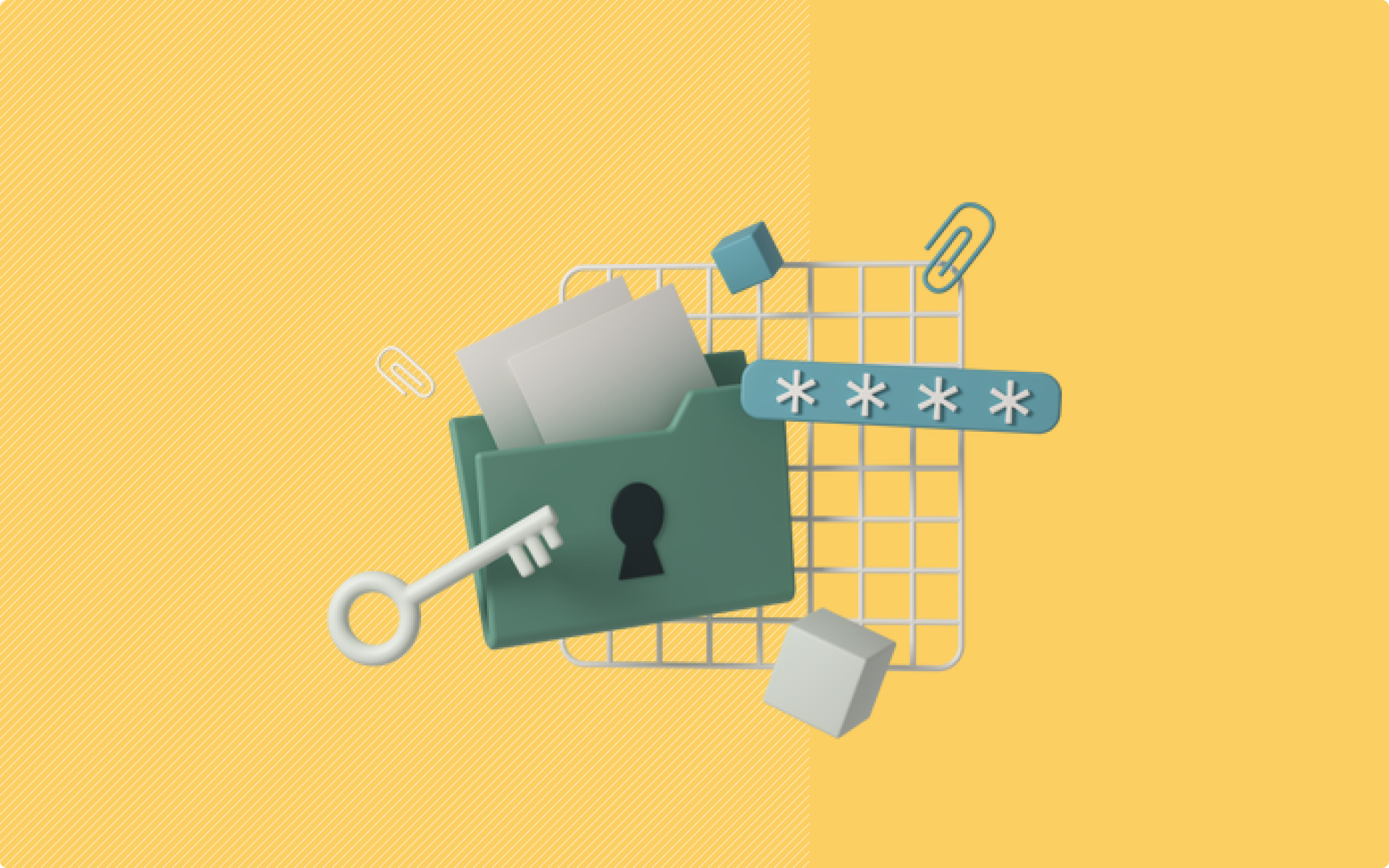
Managing Blocked Users across multiple platforms
Enhance the Flagging users process to introduce additional rules to manage fraudulent users.

Chango: Unifying your financial world
A Financial Wellness ecosystem that includes a Personal finance app, Financial literacy, and a Content Management System.
Few other Problems Solved
A selection of problems I've enjoyed solving. I've had the opportunity to work on a wide range of domains and diverse persona, this enabled me to gain valuable insights.
Curd Network
Guiding the design process for a Web 3 Social App that prioritizes establishing a trust-based network.
InVigor Results
Map tool to help Farmers make informed purchase decisions
Intrxn
Leading the design of Web 3 Payment Gateway for Business & eCommerce to accept Crypto.
Weather Monitoring for GGO
Weather monitoring to help wineries stay on top of Weather Conditions.
FanAnywhere Marketplace
A NFT Marketplace to connect fans and Celebrities
Farm Post
Redesigning filters to improve the accessibility of content
Photography
My Zen. Emptiness of the Nature , Nature in its purest form, occasionally man made wonders & patterns excite me.
Branding
What started as one off Brand Identity design for my friends ended up being a regular Logo Design and Branding gig.
Curd Network
Branding for a Web 3 Social Networking platform. Logo design incorporates network into the Logomark C.

Intrxn
Branding for a Web 3 Payment Platform with a focus on the future, highlighting the X symbol to represent transactions and the distinctive edge the company possesses.

NFTCAN
Brand for an NFT Marketplace and Ecosystem. Keywords behind the design - Progress, Forwards, Enables you to reach your goals.

Kreatorverse
The logo symbol for K, Kreatorverse represents a technology-forward web 3 development agency with a futuristic vision.

Bark & Branch
Creating a clean, minimal design aligned with Bark and Branch's woodworking style. Ensuring the logo works well in both digital and real-world applications.

Logofolio
A collection on logos designed in the past.

Wedabulous
I co-founded a bespoke Wedding Invitation boutique. We(I & my wife) designed stationaries that captured the personality and wedding theme of the couple.
Sucking up to the hype
A Week in Algarve Region and Lisbon, Portugal.
Can we move here honey?
A Week in Banff and Jasper. Nature in its best form. When blue is the colour you love.
I got Leh'ed
Riding along one of the most challenging and renowned road trip routes in the world.
Motorcycle Diaries
Memories from many road trips over the years
A place we call home
Toronto and the wonders of Ontario
Emptiness of Daily Life
I love capturing still, empty moments from our daily lives.
Digging up the Archives
When the phones didn't have a camera.
Vision Design System: A Strategic Guide to Consistency and Growth
Vision Design System is a definitive resource that provides our business, design, and development teams with a cohesive foundation for delivering outstanding digital experiences.
My Role
I led the development of the Vision Design Guide, under the guidance of the Design Lead. I set up the framework and processes to create a strong design system that meets the needs of developers, product owners, and the design team.
Timeline
2023 - 2024
Team
UX Designer (Me) & Design Lead
Scope of Work
Stakeholder interviews, Design review, Accessibility evaluation, Define Principles & Guidelines, Design Library, Feedback interview

Opportunity
We have an opportunity to perform a comprehensive overhaul to enhance the design system and resolve the current issues. This approach will not only address the existing problems but also equip the system to manage future challenges and risks.
Approach
I dedicated considerable time to reviewing existing design artifacts, analyzing various apps within the platform, understanding developers' pain points, and exploring publicly available design systems. This thorough approach helped me establish design foundations tailored to the specific needs of the apps in scope.
With these foundations, I documented all essential elements of the design guide, developed reusable components, gathered feedback to refine the documentation, and set up guidelines for ongoing updates.
1️⃣
Retrospect
Meetings with project, development, and design teams to identify gaps and opportunities.
2️⃣
Design Audit & Problem Definition
Perform a detailed audit of the current design system to identify gaps and inconsistencies.
3️⃣
Define Foundations
Define core design principles that guide all design decisions, ensuring consistency and coherence.
4️⃣
Design
Design reusable components that follow the design foundations and build a design library.
5️⃣
Documention
Document detailed guidelines for each component and reviewing to ensure all aspects are documented.
6️⃣
Review & Iterate
Present the designs to stakeholders and update as needed.
Retrospect
Conduct structured sessions with Developers and the Project team. Focussed on following three questions.
Interview Context
I led discussions with the Developers and Project team, focusing primarily on the following topics:
How would you rate the ease of use of the app?
How would you evaluate the overall design aesthetics?
What additional information or assets could efficiency?
Interview Context
A highlight of few of the responses.
"There are too many actions, and I often get confused about where to find information."
"The app feels a bit clunky to me, and the tables are busy and hard to read."
"I'm having trouble styling the components and getting all the details from the wireframes."
Design Audit
Wireframe Review
Examined structure and organization of sections across screens.
Analyzed wireframes to identify recurring layouts, patterns, components, and design elements.
Recognized design elements like typography, colors, and iconography used throughout.
Market Research
Reviewed Design Systems focussed on complex Web Applications.
Documented best practices and process to adopt to Vision Design Guide
Problem Definition
Based on the insights I gathered from the retrospective meetings and audit, I categorized data points and identified the top three themes, to prioritize these themes for the design guide documentation.
📏
Consistency
Standardize design elements to ensure a uniform look and feel across all components and applications.
📝
Documention
Build the system with flexibility in mind, allowing easy addition of new features and components.
🚀
Scalability
Enhance the design system to support a growing number of components and features without compromising its utility.
Design Foundations
Defined shared rules and principles to provide a strong basis for consistency and cohesiveness across different applications on this platform. From the precise alignment of the grid system, the standard spacing rules between elements or the wide selection of typography, colour and icons, each page in this section serves as a fundamental building block for our design system.

Grid
Used Columns and rows to establish key lines that create a visual rhythm in the design. I created columns by dividing the space into a fluid grid or by arranging fixed boxes in multiples.

Layout
I designed flexible app layouts that clearly defined key sections, such as Navigation, Action areas, and the Grid System. I also provided recommendations for content placement that followed a consistent hierarchy and familiar patterns to ensure an intuitive and user-friendly experience.

Spacing
Spacing system is built around a base unit of 8 pixels. This base unit determines the spacing scale and ensures visual consistency across platform.

Colour
I used the brand color as the primary color to reinforce branding and highlight key elements on the page. A neutral gray was selected as the secondary color for more frequent use throughout the app, providing a balanced backdrop. Semantic colors were designated for notifications, alerts, and other status indicators to enhance functionality. I also ensured that all colors met WCAG accessibility guidelines for optimal readability and inclusivity.

Typography
Established simple and clear typography guidelines that are accessible, and visually aligned with the overall brand identity.
Iconography
Identified icons required for Data-intensive web applications and referred to Kendo UI Icons. Created a Icon Library, that can be used across a range of projects.
Design Library
Established common rules and principles to ensure consistency and cohesion across applications on the platform. Each page in this section, from grid alignment and spacing rules to typography, color, and icon choices, forms a key building block of our design system.
Defined page structure for consistency.
Identified & documented relevant components to use.
Gathered feedback, reviewed, and updated designs.
Designed reusable components for efficiency.
Established a process for quick prototyping.
Structure
Outlined the contents of the design system to meet the specific needs of projects.
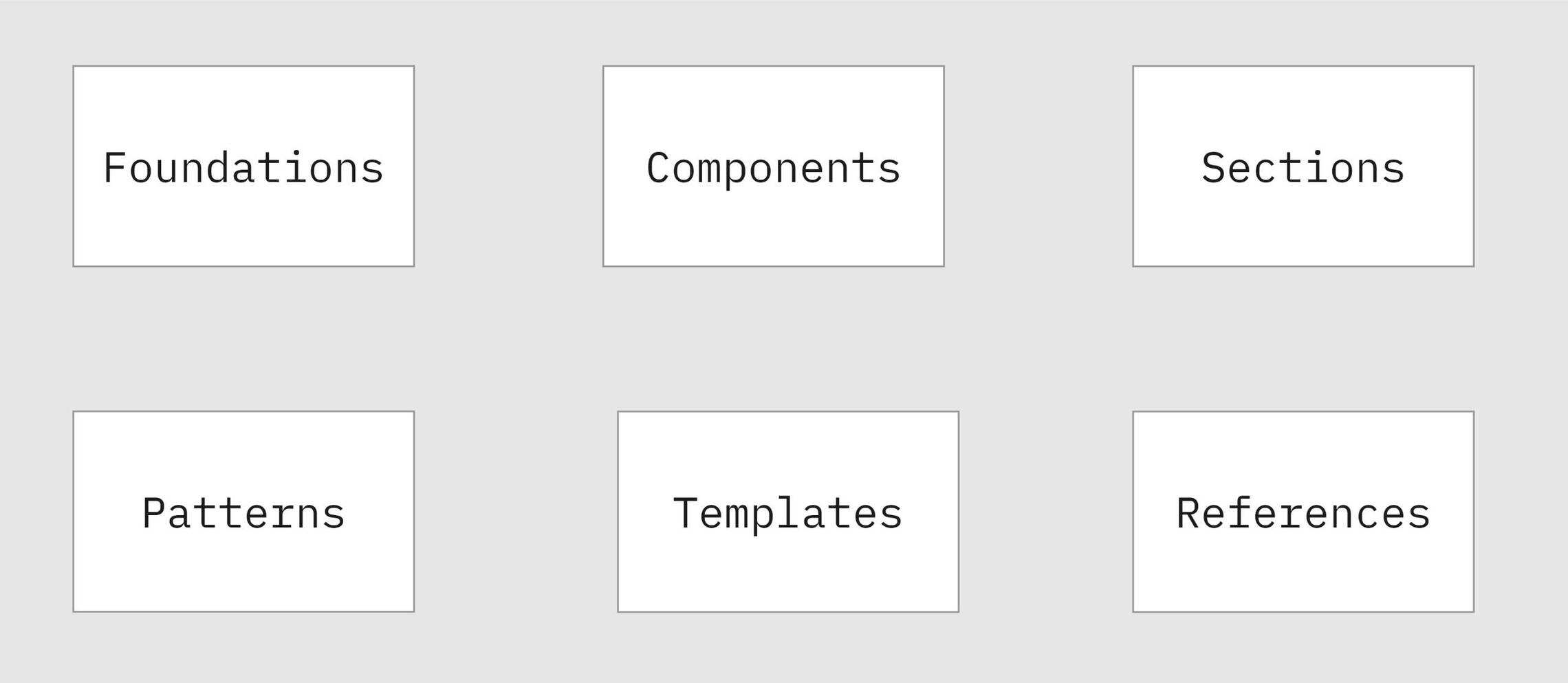
Component Guidelines
I established a comprehensive structure for component guidelines that covered all necessary aspects, both mandatory and optional. This approach enabled us to document a consistent and easy-to-understand design system.

Reusable Components
By fully utilizing the capabilities of Axure, I developed a comprehensive design toolkit that included everything from basic styling and style effects to various interactions and component variations.

Review & Iterate
By collecting feedback from users and stakeholders, we can continually refine and improve the design system. This process involves updating components, refining guidelines, and adding new best practices to ensure everything stays consistent, user-friendly, and scalable across various platforms. This ongoing approach helps the design system stay flexible and effective, keeping up with changing user needs and business goals.
Retrospection
Reflecting on the entire project with the design team, we identified several areas for improvement:
Prioritizing Design Tokens: Implement design tokens from the early stages to define visual attributes, ensuring seamless communication and consistency across platforms. This will be our top priority for the next iteration.
Revisiting Grid Definitions: Some grid definitions were found to be impractical for future projects, particularly when it comes to data grids. Certain rules negatively impacted page performance and need to be refined.
Enhancing Component Flexibility: Improve the flexibility of reusable components to eliminate the need for breaking instances when making design adjustments, streamlining the design process and enhancing efficiency.
Outcomes
Based on the insights I gathered from the retrospective meetings and audit, I categorized data points and identified the top three themes, to prioritize these themes for the design guide documentation.
Development Framework Alignment
By adapting to and referencing the Kendo Framework, I ensured that the design and development processes were aligned and worked seamlessly together.
Enhanced Consistency
The unified set of guidelines and standards ensures consistency across all projects and platforms. This consistency helped in creating a cohesive user experience
Design Efficiency
By having a comprehensive set of components, templates, and guidelines readily available, design and development teams could work more efficiently.
Redesigning the Event Management Journey from Start to Finish
An event management system to manage Farmer related events across Canada.
My Role
I redesigned the Internal Event Management System under the guidance of the Design Lead. This project aimed to address user feedback, align business goals with user needs, and enhance the overall user experience wherever possible.
Timeline
Feb 2023 - Apr 2023
Team
UX Designer (Me) & Design Lead
Scope
Requirement Analysis, Design & Stakeholder Review, Market Research, User Flows, Information Architecture, Wireframes & Prototypes.
Understanding the problem
The first version of the Event Management tool was launched in 2019, the responsive web app was majorly used by two users - admin and reps. While we had collected general feedback over a period of time on the user experience. I organized further brainstorming sessions with Product Owners and Admin, who frequently help Reps with maneuvering the tool. The focus of these sessions was on these three aspects.
🚧
Impediments
"Where did Users get stuck and what they did do to overcome the challenges to complete their task"
🔢
Workflow
"Walk us through your typical process with the existing tool"
🧠
Emotion
"How do you feel using the the event management platform"
Feedback from different user Groups
Sales Reps
Multiple instances of the same events were created across locations, a huge duplication of effort.
We ended up creating overlapping Events thus distributing participation
Some Event locations are not Laptop friendly.
The Training was good, but in due course, we got stuck frequently
Admin
Reps found it super difficult to create an event without the help of the product owner.
For each Event, they had to touch base with the Creative team for emailers and this was time-consuming.
Simplify the event creation process
Business
Business uttered the magic words "We have the budget and time, so lets do a rebuild to address the User Experience and Business process issues"
Developers
Dev Lead let us know that they would be building the app in React and predominantly using Kendo React components, so if you could leverage the features of this framework it would help speed up the development process.
Opportunity
Rethink the Information Architecture & User Flow to address Workflow issues
Design a framework that offers flexibility to customize in the future and simplifies workflow with
Design an IPad friendly app that helps Reps check-in participants on the go at a farm or an Auditorium
Identified Kendo UI components that would improve the experience of Event Creation like Typeahead search, scheduler components
Research & Analysis
I approached research with the goal of finding answers to three questions that would define the design of Event Management tool.
How the Industry leaders do it?
Analyzed tools like Eventbrite, Meetup, Typeform, and JotForm Events to understand their workflows, features, and how they handle edge cases.
Likes and dislikes of existing app
Analyzed the existing app to determine which features to retain and which to discard. Conducted additional brainstorming sessions with reps and admins to understand their preferences and dislikes.
What is possible?
Understood the capabilities of the Kendo UI Framework and React Framework and this helped me ensure that my designs were technically feasible.
Information Architecture
Analyzed the existing app to find what's good to retain and what can be scrapped. Also had a further round of brainstorming sessions with Reps and admin to understand what pieces of the app they like and hate.
Before
Sequential update of the information
Taxonomy was confusing
Extensive and Confusing Process

After
Grouping similar sections offered clarity and structure to Campaigns
Configuration and Access mgmt provided flexibility to manage different types of campaigns
Update information as and when available.
Eliminating repetition by mapping Communication, Survey and Generic details to the campaign. While Events are specific to its location and availability.

The Wireframing Process
Our Design Team has pre-built Design and Branding Guidelines. And considering the short window for an extensive app, I skimmed my wireframing process from Rough scribbling of ideas on paper to Hi-Fi prototypes.
Grouped Events
Rethinking the Information Architecture. A single Campaign will hold multiple events.

Email Builder
By analyzing emails sent in the past years, I defined the email templates and options to set the frequency with simple clicks.


Survey Builder
Robust survey builder with the ability to duplicate, and reorder, the four most commonly used question types by Reps.

Scheduler
The Scheduler tool enabled representatives to efficiently create events without the risk of scheduling conflicts.

Access Management
Robust User Access Management feature meant who could see what campaign and what they could modify.

Check in Process
Integrating Check In process into the workflow and making an iPad friendly version of the app to eased Check-in and Follow Up.

Easy to Customize
Framework-driven and reusable data pieces was the focus. This enabled built a highly customizable event management tool. One such example is Speakers


User Testing and Feedback
Analyzed the existing app to find what's good to retain and what can be scrapped. Also had a further round of brainstorming sessions with Reps and admin to understand what pieces of the app they like and hate.
Before
Adding a New event was a long and tedius process
Users had to go through a 9 step sequential process to create an event
Users often got stuck because the information was not readily available.
Reps were entirely dependent for Product Owner to assist them in filling lengthy forms.

After
Refreshed Event creation allows user to add event details at their comfort.
I refreshed the User Journey of an Event Creation to a simple 5 step flexible process.
5 Step process with a clear indication of what's complete, what's next, and what's pending helped Reps work independently on creating events.
Ability to jump between sections meant Reps updated information when available, helping them progress as they gathered information.

Before
Inviting participants was happening in external systems.
After creating events, Users had to invite participants using another tool.
Tedious and time consuming to switch between apps to complete a simple process
Attendees of an event were not tracked in the App, Business was missing out on valuable information.

After
Inviting participants is now an in-app feature
Recommended an API call to the Grower and Retailer Database so that participants can be invited to specific events.
Selectable Grid to help Organizers invite relevant participants
Showing PIPEDA status to ensure emails are sent to subscribed participants only.
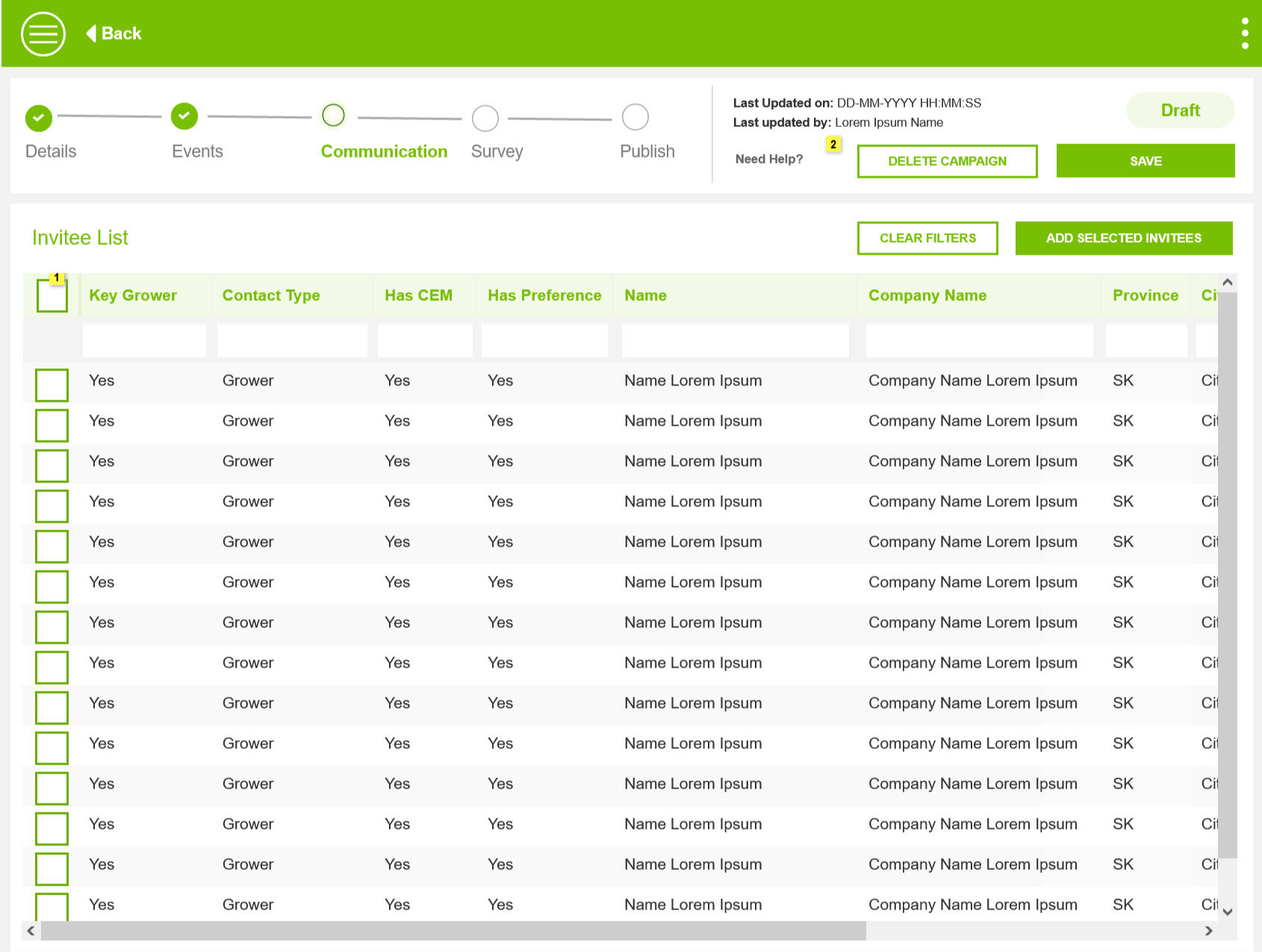
Before
Similar Events with overlapping agenda
Each event was created in silos, this introduced multiple challenges.
Overlapping events created for the same location by different Reps
Similar events were created by different Reps, causing duplication of effort.

After
Scheduler component to manage Agenda & events
Clarity while creating events.
Removed duplication of effort

Outcomes
Addressing User Feedback and leveraging new technology to design a flexible and robust System helped improve the overall Event Management process and offering a number of benefits.
Insightful
Managing the entire event lifecycle in one app provided integrated insights for business.
Customizable
Framework driven design allowed the business to host a range of events - offline to online, trainings to field trip.
End to End Process
Integrating Offline activities like Check-in, Surveys, and streamlining communication helped the client conduct events efficiently.
Managing Blocked Users across platform with a effective solution
Enhance the Flagging users process to introduce additional rules to manage fraudulent users.
My Role
I delivered a design solution and guidelines by collaborating with product owners and developers. My role was to create a flexible and efficient solution that could be seamlessly implemented across multiple platforms with minimal disruption.

Timeline
2 Weeks, June 2024
Team
UX Designer(Me)
Scope of Work
Requirement Analysis, Stakeholder Interviews, Product Audit, Impact Analysis, Wireframes, Solution Guide
Challenge
The challenge was to ensure that flagged users were effectively blocked from accessing systems and data while preventing any communication. This involved restructuring existing user data to incorporate the new flag, updating the system to manage workflows for blocked users, and guiding business users on how to handle these individuals effectively.
📉
Minimum System Impact
The proposed solution should minimize impact on existing applications and workflows while being easy to implement across systems.
🔑
Robust Solution
The solution must be compatible with multiple platforms and technologies, allowing for seamless integration with existing workflows. It should ensure efficient updates and maintenance without disrupting ongoing operations.
🏆
Feasible Implementation
It should fit within the existing constraints of the system. By addressing technical and operational challenges, the solution must be effectively integrated and maintained within the current product environment.
Design Process
In my design process, I begin by understanding the problem and gathering insights from stakeholders. I identify workflow patterns and create reusable solutions. Throughout, I incorporate feedback to ensure alignment with user needs and business goals, focusing on practical implementation to deliver effective solutions.
1️⃣
Stakeholder Interview
I conducted stakeholder interviews and product walkthroughs to understand user flows and touchpoints, gathering insights to guide the design in line with user and business objectives.
2️⃣
Impact Analysis
I reviewed 10+ apps and 100+ screens, using input from product owners to identify impact areas and updates. I documented findings and analyzed common patterns across screens and flows.
3️⃣
Exploration
Based on the recurring patterns, I examined internal apps and data-intensive design systems to identify potential solutions.
4️⃣
Prototyping
I designed reusable solutions, tested them in various apps, and adjusted styling and behavior to meet technical and layout constraints.
5️⃣
Design Review & Feedback
I conducted design reviews to gather feedback from stakeholders and users. This process helped refine the design, ensuring it met user needs and aligned with project goals.
6️⃣
Solution Guide
The design solutions guide offers actionable guidelines for implementing effective designs, ensuring consistency and usability across projects.
Stakeholder Interviews
I conducted stakeholder interviews and product walkthroughs to understand the application, user flows, and touchpoints. This helps me gather insights into needs and expectations, guiding the design of solutions that align with user and business objectives.
🔍 Application Walkthrough and Business Requirements review
🗂️ Identifying Touchpoints & Key Workflows
🎯 Understanding Expectations of the Business
Impact Analysis
I reviewed 10+ apps and 100+ screens to identify impact areas and necessary updates, using input from product owners to focus the analysis. I documented findings and analyzed common flows and screens to uncover recurring patterns.
Responsive Applications
Ensuring that the solution works effectively across different devices and screen sizes.
Missed Workflows
Potentially overlooking some applications or workflows that might be crucial for the overall system
Solution Approach
The proposed solution involved adding a layer on top of the existing system to integrate the new functionality.
Exploration
Coordinate with Developer Leads to obtain technical insights about the framework. Analyze screenshots to spot common patterns and leverage this information to identify viable solutions. Document the findings and collect feedback, with a focus on flags, toast messages, alerts, overlays, and inline messages as possible solutions.
📆 Application developed 6-7 years back with an older technology.
⏰ Designing for all applications wasn’t feasible, so we needed a new approach.
Recurring User Flows
Common user flows across platforms and applications were identified. By focusing on these flows, all potential blocked user touchpoints can be effectively addressed.
Viewing primary user information
Viewing related user data
Editing user information or data
Identifying a blocked user
Accessing blocked user data
Restricting user access to client information or data
Providing application users with clear reasons for blocked status
Prototyping
I developed reusable solutions for identified patterns and tested them across various apps. I fine-tuned the styling and behavior to accommodate technical, space, and layout constraints. This phase of the project was managed in three key steps.
Generic Solutions
I added generic User Flows and reusable design components. The focus was to keep details at high level. Ensured that styling was kept minimal to blend along with different app styles.
Prototyping Key Workflows
Applied the genric solution to specific user flows in application to identify any friction and ensure the user experience was seamless.
Designing for Excepections
Designed specific design solutions for exception scenarios. It was mostly reusing some of the design components but with customized solutions for exception scenarios.
Solution
The design solution emphasized reusability, ensuring quick, consistent, and cost-effective delivery. By focusing on reusing components and styling, along with leveraging application screenshots, This approach helped us meet the tight deadlines.
General Rules
Guiding principles of Solutions to improve the overall user experiences.
All Blocked User information will be read-only. Edits are not allowed unless there is a business rule.
Guide Users and keep them informed with helpful messaging, supporting information and text.
Any Create action for a blocked user will not be available.
Blocked Flag is mapped to User Data, and displayed along with User info.
Work Flow progression actions will not be shown for Blocked User.
New Screen for Blocked Users
Designing a new screen for blocked users involved addressing specific user needs and providing a clear, helpful message when a user encounters restrictions.

Impacted Sections & Steps of the User Flow
Another outcome of the application walkthrough and the application audit was a common theme where User views or modifies Blocked User Data. 5 Key sections of the app was repeated user to show or modified User Data.
Nav Bar
Blocked Flag will be displayed along with the User Information in the Top Nav bar.

Form Page
A Banner message will be displayed to provide details of the Blocked User Profile. Additionally, where Farm Basic information is displayed a blocked flag is shown.

Grid
Inline Flags will be displayed in Grids, where a blocked grower is displayed.

Typeahead
Blocked flag will be displayed when searching for a user in a database.
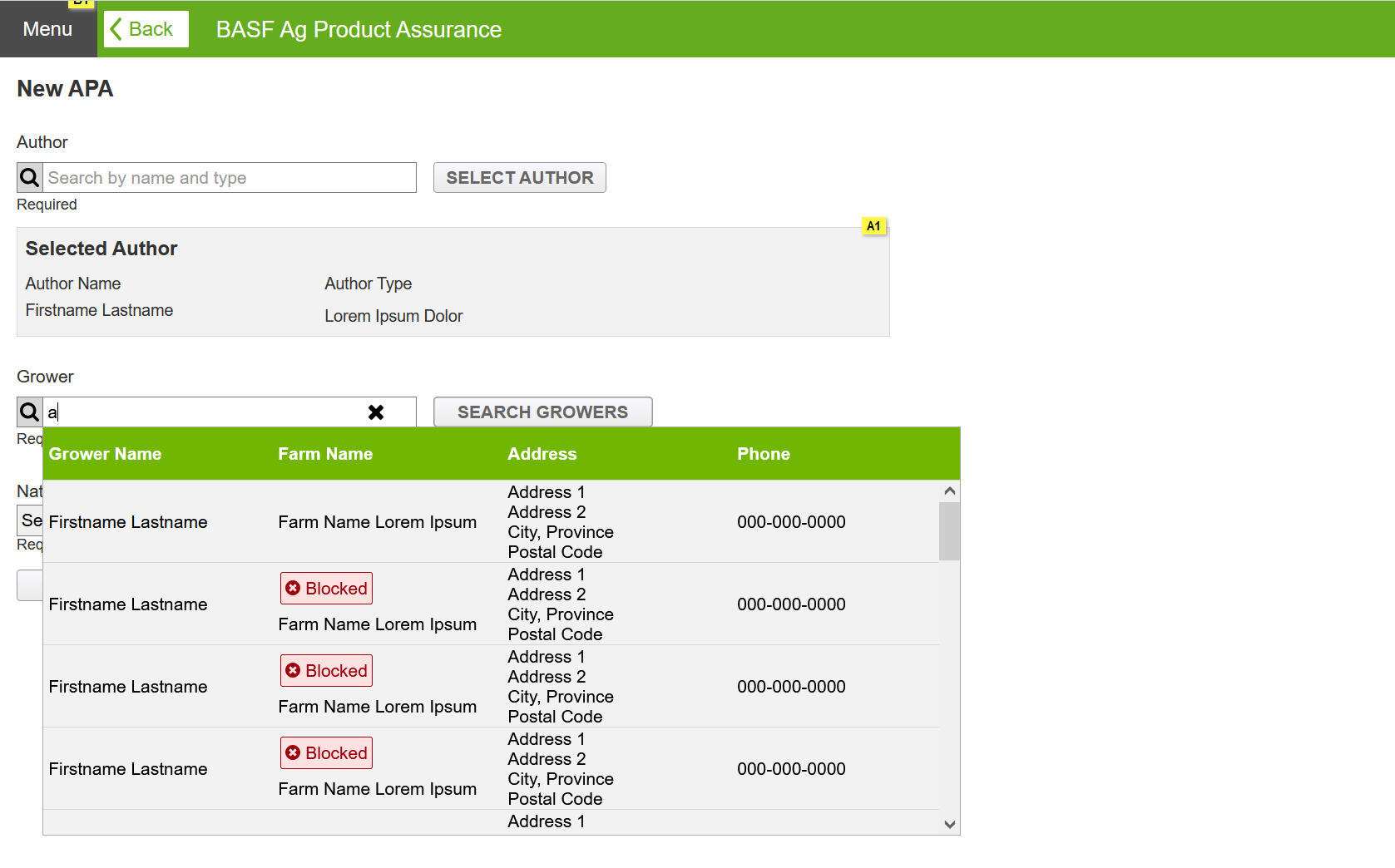
Action Button
Instances were identified where hiding Action buttons from view was not possible. In these instances, an overlay message is displayed with an error message and suggesting corrective steps for the user to proceed further.

Key Design Elements
The design solutions guide provides clear and actionable guidelines for implementing effective design solutions. It ensures consistency and usability across projects by detailing best practices, common patterns, and design principles.
Clean and Minimal Design to apply across Applications
Responsive Components and elements.
Patterns helped implement effective solutions.
Banners
Error Banne is used to inform users something critical has happened and requires immediate attention. These banner do not have dismiss option and will be view at all times.

Flags
Error flags with User Status "Blocked" is shown in Grids and Form pages where User Name is displayed.

Icons
Error Icons with a popup is shown on grids and form pages where there is space limitations. Recommendation was to use as sparingly as possible.

Modal Dialog
In User flows, when all previous checkpoints to inform a Blocked user is missed and the user performs an action. Error Dialog is shown and further processing is stopped, until the suggested corrective actions are taken.

Design Review and Feeback
I conducted comprehensive design reviews to collect detailed feedback from stakeholders and users. This iterative process allowed me to refine the design based on their insights, ensuring that it effectively addressed user needs and aligned with project goals.
Solutions for Unblocking Users
During the walkthrough, an additional requirement emerged. Now that the system can block users, it must also provide ability to unblock an user in the future, if need be.
Solution
Added a new user flow and relevant screen designs.

Gaps in Understanding and Workflow
Product owners pointed out a few instances in the blocked user solution, where user flow ends much earlier than designed.
Solution
Updated user flows remove extra steps in the user flows.
Additional Common Patterns
Developers pointed out instances of proposed solutions that had gaps in managing blocked users, especially in Data Grids.
Solution
Recommended a solution that reused an existing design pattern
Retrospection
The Design Team had a discussion to review the project. We had two key learnings. When designing future applications, consider potential worst-case scenarios and ensure the product can handle them. Keep a log of possible solutions for uncommon issues, so you're prepared to respond effectively if they arise.
Designing an ecosystem to promote financial wellness
Creating financial well-being for our users through a blend of personal finance & financial literacy; thus, empowering them to make smart financial decisions through our unique platform.
My Role
I led design of Chango Personal Finance & Financial Literacy app from ideation to implementation.
Timeline
Oct 2018 - Oct 2021
My Role
Design Lead/Co-Founder (me)
Founder, Graphic Designer x 3, Business Developer, Software Developer x 2, Content Writer
Scope of Work
Research, User Interviews, Personna, User Stories & Flows, Information Architecture, Prototyping, Dev. Handoffs, User Testing.

Problem
Canadians lack time, interest, and knowledge around money matters. They are scared and lost on money issues. Also, suffer from information overload.
48%
lose sleep over financial Stress
60%
have poor financial Literacy Skills
83%
have at least one financial Regret
Solution
Financial Wellness is a process and Chango focuses on improving one's relationship with money in one or more ways.
💳
Integrated Personal Finance App
A Unified Solution bringing the math of personal finance and financial literacy in one app,
💎
Value-Driven Content
Blogs, Financial FAQs, Financial Glossary
📘
eBooks
Free for all eBooks covering a range of topics from Taxes to Stocks.
Research & Analysis
Market Research
I focused on understanding existing solutions and what they think they offer their customers.
Competitor Offerings
Conversing with Bank Advisors
Trying out Personalized Tools & Apps
Customer Feedback from App Store

User Research
After the first round of User Research, where we spoke with friends, friends of friends, and social communities. Our Target personals were #Millenials and #Newcomers
In Step 2 we identified Potential Users from Reddit communities, Whataspp and Telegram groups who were struggling with managing Finance. Later this group became our focus group for further rounds of User Testing.
User Persona
Millenials
What Defines them
Wealth custodians
Digital native generation
ME centric
What Ailes Them
30% have basic to moderate financial literacy skills
46% do not have financial plans
38% declared bankruptcy in 2018
What They want
Knowledge that fills gap
Customized tech led financial solutions that suit there needs
Keep ME at the centre of it
New Comers
What Defines them
Educated, talented & skilled
Seek information crucial for living
Carry Hopes for a better future
What Ailes Them
>35% suffer from financial stress
Unemployment & underemployment
Poor/generic financial advice
What They Get
Dull pamphlets
Lengthy workshops
Biased financial advice
Preparing for Design Feasibility
Personally, I believe that effective design should integrate both business and technical aspects to build a successful product. Validating the idea with users is important, but it's also crucial to ensure the product is viable and sustainable. Understanding the tech stack helps define the design direction. In this case, with Flutter chosen as the development framework, I ensured the design aligned with Flutter's capabilities. Based on user feedback, I prioritized features for the MVP from a comprehensive list of potential features.
Integrated business and technical aspects to ensure design success.
Validated the idea with users while considering the product's viability and sustainability.
Defined design direction based on the chosen tech stack (Flutter).
Ensured the design was aligned with Flutter's capabilities.
Prioritized features for the MVP from a comprehensive list based on user feedback.
User Stories
Using the research outcomes I focused on four key aspects in writing the user stories.
Control
Keep a tab on finances, Manage flow of money.
Freedom
Choose to make your own decision as per your needs
Expect
Things can go wrong and they probably will. Expect the unexpected
Plan
The future is uncertain. Plan for it and take control of your life.

User Flow
Using the research outcomes I focused on four key aspects in writing the user stories.
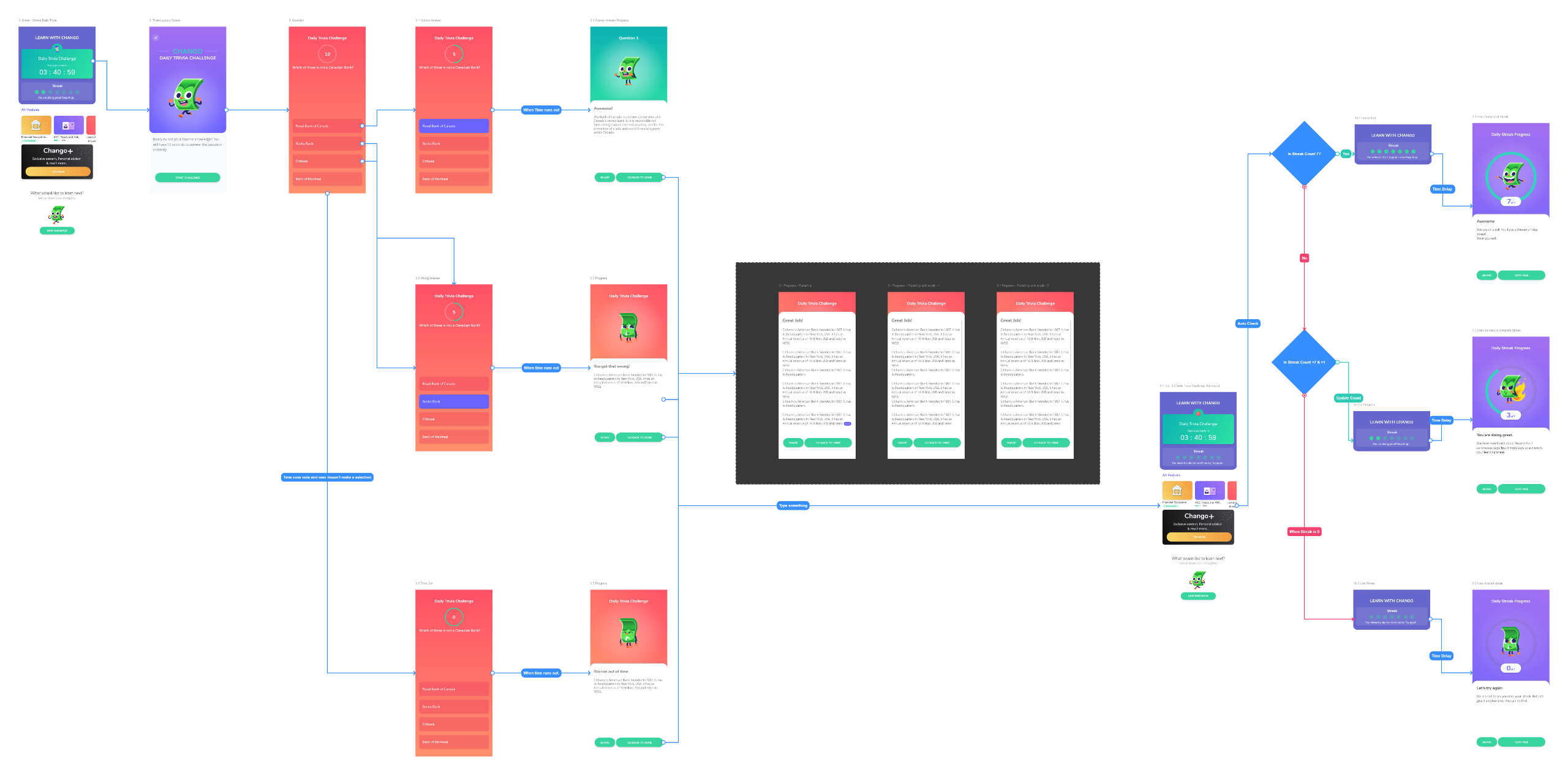
Wireframing and Prototyping
Given the scope of the project and the effort required. I proposed certain design decisions that helped managed the design process effectively.
Key Design Approach Decisions
Given the Size of the app and number of screens, I felt it would be overwhelming to build a fully functioning prototype. So Defined standard button and screen navigations, that can be reused across app.
Where more details as needed, build micro-interactions in Protopie and also identified similar Lottie files for implementations
The App was built on the Flutter framework so I used material design guidelines as a baseline for the design.
Branding Guide was already available so I jumped from Pen and Paper to HiFi Wireframes.
Pen and Paper
HiFidelity Wireframes
Highlights of few of the key features of the app
Dashboards
Get information that matters on your screen, Holistic, Concise & Simple

Insights
Receive actionable plans to tackle overspending and upcoming expenses

Budget
Add Budgets once and Chango Auto manages all your budgets and provides insights.

Reminders & Alerts
Using existing data, Chango provides notifications and reminders to recurring & bill payments

Changos Own Mascot
A fun mascot to keep engage users throughout the financial wellness journey.

Byte Size informaton
Learning modules focused on byte sized information that is easy to process.

Interactive Learning
Learning modules are structured to consume byte size information, lets user familiarize learnings using quiz and Learning summary.



User Testing and Feedback.
Every team member had a preset User Interview script and testing link, which they would share with their focus group. Feedback was documented. On other occasions, user would respond to generic survey questions.
Before
A/B Testing of Budget Summary Widget
I presented two ideas for the Budget Summary widget. I wanted to understand which conveyed the budget position better.
"Bar chart is difficult to read"
"I like the speedometer like chart, but there is too much information to digest"

After
Refining the widget
I cleaned up the Speedometer Widget to make it more focused and readable and added engaging micro-interaction.
Highlighted key data points
Removed transaction to keep things simple and focused
Updated Type color to a more readable black.
Replaced illustration with a clean icon to remove disturbance.
Added a Micro-Interaction to the icon to gain the attention of the user where is an update to the budget summary.

Before
Analyzing User engagement on Daily Streaks
As part of User Testing we wanted to get user feedback on Streak and its impact on engagement.
The purpose of the streak and the circle is not very clear. Also having two different indicators "Overall" and "Last 7 Days" for streak was confusing Users.
Users found managing Goals complex and a bit of overkill.

After
Making user Streak work.
I cleaned up the streak widget to keep it focused on "Last 7 Days" streak and added alternate engagement factors.
Cleaned up streak widget to keep it compact and focused on "Last 7 Day Streak"
It also cleared up real estate to show up the learning modules within the default viewport sans scrolling.
Introduced the an animated mascot that pops up app launch to indicate their streak performance.

Before
Onboarding Process wasn't engaging
Users felt that there was too much information required to sign up
Onboarding process was boring

After
Fun and guided onboarding
Multi-step onboarding with casual and engaging copy and creative.
Step by step process was helpful to finish onboarding.

Developer Hand Off
This was a big part of my design deliverable, as the team was set up remotely. My hand-off had to be descriptive enough. Beyond these deliverables I was coordinated Testing the App after every sprint and loggin defects.
User Flow
Wireframes flow diagram with Logical branching.
Wireframes
Primarily built in Adobe XD, and Protopie used for micro-interactions.
Design Guidelines
Styleguides, Components & Wireframes managed in Zeplin
User Stories
Managed User Stories and Defects in Jira
Outcomes
While we weren’t able to take to products to users because of financial limitations we had, beta testing revealed positive feedback during our multiple rounds of testing.
8 of 11
users found our testing feedback found the preview content very useful and easy to access.
9 of 11
users felt the Dashboard helped them get on top of finances in less than a minute.
7 of 11
users felt Daily Trivia motivated them to come back to the app again.
Auto Category
Almost everyone liked the way transactions were getting auto categorized.
Mascot
The Interactive Mascot increased the engagement with users.















